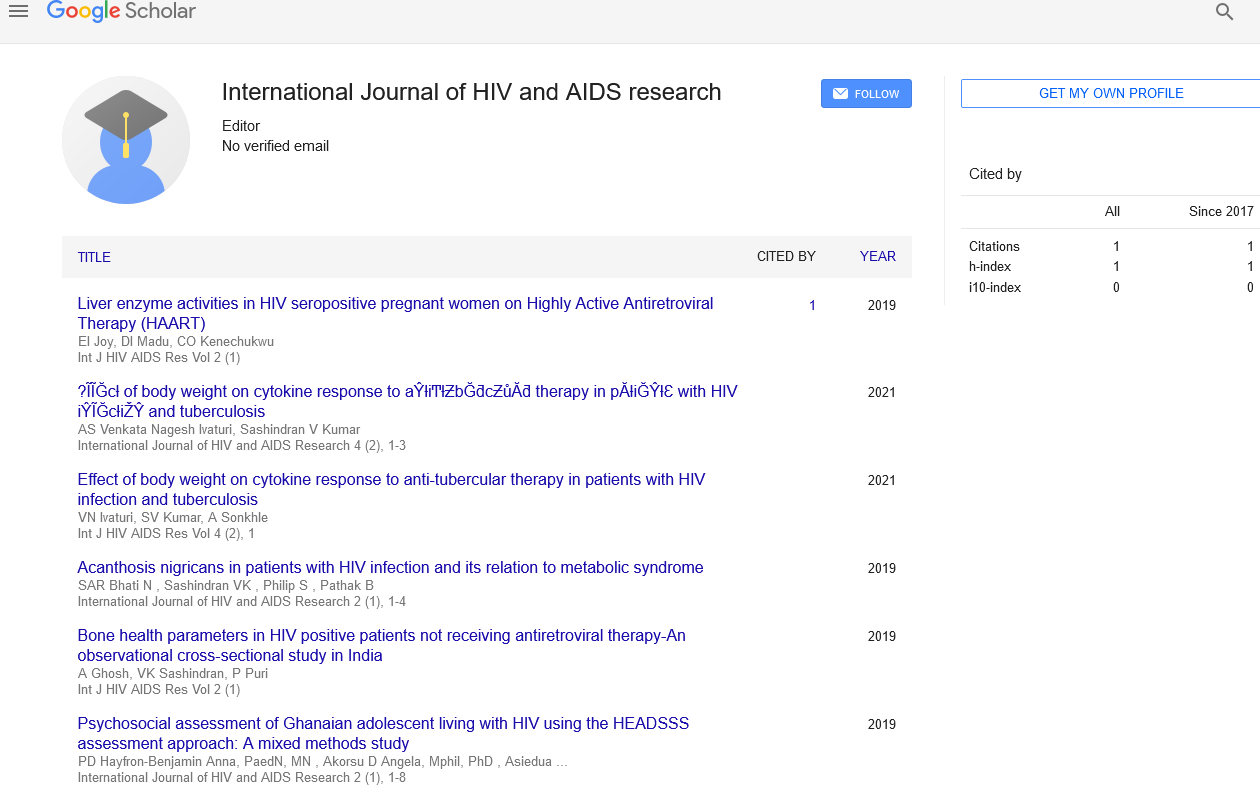The physicochemical properties and aroma of lamb liver paste after fermentation
Received: 04-Jul-2022, Manuscript No. pulafsj-22-5752; Editor assigned: 08-Jul-2022, Pre QC No. pulafsj-22-5752 (PQ); Accepted Date: Jul 26, 2022; Reviewed: 20-Jul-2022 QC No. pulafsj 22-5752 (Q); Revised: 22-Jul-2022, Manuscript No. pulafsj 22-5752 (R); Published: 29-Jul-2022, DOI: 10.37532/PULAFSJ .2022.6(4).37-8.
Citation: Khan D. The physicochemical properties and aroma of lamb liver paste after fermentation. Appl Food Sci. J.2022;6(4):37-8
This open-access article is distributed under the terms of the Creative Commons Attribution Non-Commercial License (CC BY-NC) (http://creativecommons.org/licenses/by-nc/4.0/), which permits reuse, distribution and reproduction of the article, provided that the original work is properly cited and the reuse is restricted to noncommercial purposes. For commercial reuse, contact reprints@pulsus.com
Abstract
A novel way to make use of sheep byproducts and deal with waste is to probiotically ferment lamb liver paste. In this investigation, numerous indicators were measured using a Gas Chromatograph-Mass Spectrometer (GC-MS), a pH meter, a chromaticity meter, a texture analyzer, and other instruments. The goal was to look into how lamb liver paste's physical characteristics and aroma were affected by fermentation. The findings revealed that after being stored for 0, 1, 7, 14, 21, and 28 days, the starting fermentation group's samples had significantly greater L*, a*, and b* values than the other two groups (p 0.05). After 7 days, the starting fermentation group had reduced cohesiveness, adhesion, and chewiness (p 0.05). At 28 days, the starting fermentation group had lower TVB-N and fat levels than the sterilization group. At the commencement of storage, pH was noticeably lower in the starting fermentation group and lactic acid bacteria populations were noticeably larger than in the sterilizing groups (p 0.05). Significantly more significant fragrance compounds, such as 2 undecenal, 1 octen-3-ol, and Anatole, were present in the starting fermentation group compared to the sterilizing group (p 0.05). A new byproduct known as fermented lamb liver paste displays exceptional levels of freshness and minimal fat oxidation while in storage. A theoretical foundation for future industrial production is provided by this study.
Key Words
Lamb liver; By-product; GC-MS; Texture; Volatile compounds
Introduction
Consumers adore lamb because it is flavorful, tender, delicious, and nutrient-rich. Additionally, it supports the sustainable growth of the meat industry and animal husbandry. The production of sheep byproducts has increased as a result of the rising demand for lamb. However, because these byproducts have not been used effectively, animal husbandry has suffered significant financial losses and the ecosystem has suffered as a result.Problems with the animal slaughter process include resource loss, a lack of product variety, and a low comprehensive utilisation rate of sheep byproducts. Regarding the process of turning animal byproducts into worthwhile animal products, animal liver deserves consideration in order to address these problems. Animal liver contains higher amounts of vitamins (vitamin B2, vitamin C, and vitamin A), minerals (trace element selenium), and other nutrients than milk, eggs, meat, fish, and other meals. The nutrients in lamb liver are parts of several enzymes and coenzymes in human biochemical metabolism, which speed up the body's metabolism, reduce eye tiredness, and improve immunity. As a result, goods that have undergone fermentation can both solve these issues and benefit the body. The term "fermentation technology" describes the artificial use of techniques (conditions like temperature and pH) to manage microorganisms (bacteria, yeast, etc.) so they can utilise organic matter as a medium for fermentation. Probiotics boost the organism's ability to absorb short peptides and amino acids by improving epithelium absorption and enhancing translocation, as well as by inducing host digestive protease and peptidase activity. In addition, a number of fragrance and carrion chemicals are produced in part by lipid oxidation processes, microbial development, and endogenous meat enzyme activity. Lactic acid bacteria have been discovered to impart a unique sour flavour to fermented sausages when added. This is due to the metabolites of the bacteria, such as lactic acid, formic acid, acetic acid, etc. To manufacture fermented sausage, Casaburi used two strains with different capacities to break down protein and fat. Both strains boosted the nutritious value of fermented sausage, according to the experiment. An tara discovered that the inhibition of enterotoxin generation by metabolising lactic acid enhanced the shelf life of fermented sausages after adding Lactobacillus plantarum and Pediococcus lactis into sausages.
Staphylococcus and lactic acid bacteria were found to considerably increase the buildup of free amino acids during the fermentation of beef jerky sausage, according to the Xing TK study. In summary, although there are few publications on the fermentation of byproducts, the fermentation technique employed for meat products is advanced. The pH level of meat products is lowered as a result of microorganisms' breakdown of carbohydrates into acids. Fermented foods have a longer shelf life because the quick generation of lactic acid, which causes a drop in pH, prevents the growth of harmful and spoilage microbes. According to the evaluation index, the pH value indicates the fermentation stage and is frequently used to assess the maturity of fermented meat products
Conclusion
As a result, the probiotic fermented lamb liver paste used in this study is a highly valuable byproduct of sheep. The starting fermentation group had lower fat content and higher freshness, lactic acid bacteria density, and L*, a*, and b* values. The starter fermentation group's early storage period's lower pH had the effect of partially inhibiting microbial development and extending the shelf life of the fermented lamb liver paste. Aldehydes, 1 octen 3 ol, anethole, and 2 nonanone, which were discovered by GC-MS, were among the volatile fragrance components that contributed to the fermented lamb liver paste's aroma composition.





